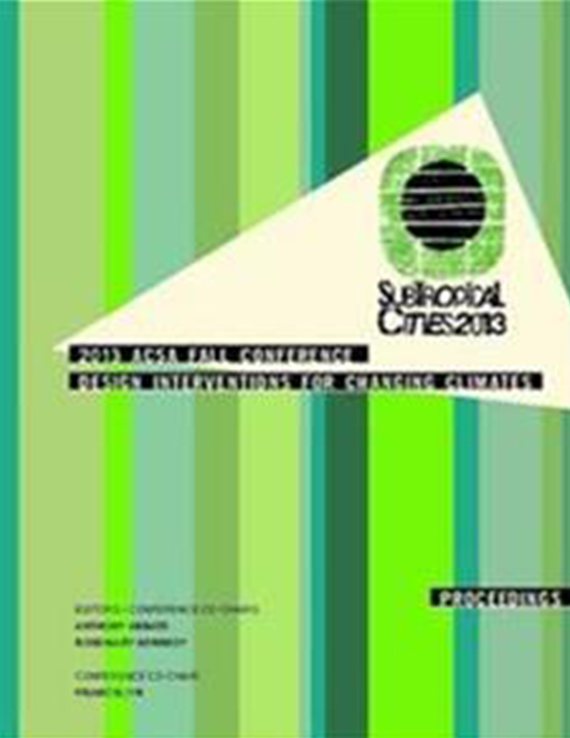Author(s): Sarosh Anklesaria
In the next twenty years subtropical and tropical countries will account for 95% of urban growth and a large portion of this growth (nearly half) will be driven by non‐formal architectures. Already by 2006, a billion people or a third of the world’s urban population lived in squatter.1 With the emergence of neoliberal, late-capitalism, architectural discourse has moved away from addressing the ‘crisis of mass housing’ – a subject that was clearly canonical during postwar modernist reconstruction. In the decades following postwar reconstruction the site of the ‘crisis of mass housing’ progressively shifted territories, to the global south. It became increasingly apparent that the prototypical postwar housing block typology, originally formulated in Europe, was not only prohibitively expensive for the global south but was also hopelessly inadequate in dealing with the sheer scale of the housing deficit. It was under these circumstances that self-help housing emerged as a preferred alternative to mass public housing from South Asia to Latin America. Self-help housing promised to integrate the design and planning expertise of the professional architect with the innate benefits of harnessing community resources and drastically reduced costs of construction. As self-help evolved it encompassed a broad spectrum of typologies with varying degrees of involvement from architects. This paper traces the trajectories of two ends of a broad spectrum of self-help housing by an analysis of four projects in the subtropics 1] PREVI The Experimental Housing Project in Lima organized through an elaborate international architectural competition 2] Villa El Salvador, a squatter community founded in the 1970s that grew through self help practices. 3] Aranya, Indore in India – a site and services project by the famous Indian Architect B. V. Doshi and 4] The Slum Networking Project in Indore where innovative infrastructure practices were deployed. The study focuses on the shifting degrees of architectural involvement within these projects – in particular the role of the architect in shaping, predicting and at times prescribing not only the design of the housing unit but also aspects of growth and temporal change. The study contrasts the architecturally involved self-help projects with ExNihilo conditions (which grew out of nowhere) to ask questions of architectural agency and posit the future involvement and efficacy of architecture as it relates to informality. Over time these two very different paradigms of self-help housing (of prescriptive architectural master-planning vs. infrastructural intervention) have evolved such that their contemporary conditions are much more similar than their origins would have us imagine. Instead of having diverse futures as one might have anticipated, their urban trajectories have been convergent over time. An analysis of nascent and current scenarios can help glean various insights into this phenomenon and in doing so locate the larger question of shaping architectural agency for the informal city of the future. 1United Nations Human Settlements Program, The State of the Worlds Cities Report 2006/ 2007: 30 Years of Shaping the Habitat Agenda. (London: Earthscan Publications, 2006) p. 13
Volume Editors
Anthony Abbate, Francis Lyn & Rosemary Kennedy
ISBN
978-0-935502-90-9

 Study Architecture
Study Architecture  ProPEL
ProPEL 
